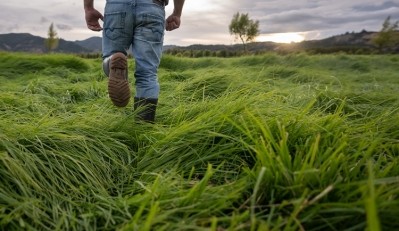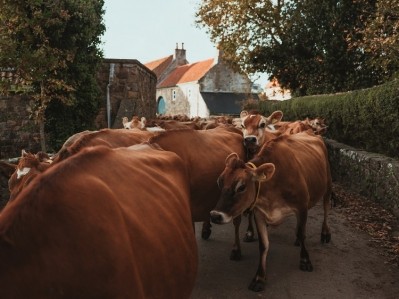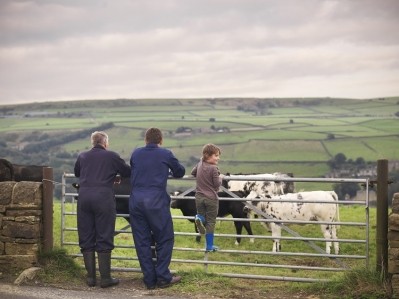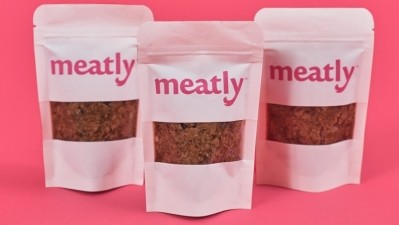Finally, an approval application for cultivated meat submitted in the EU
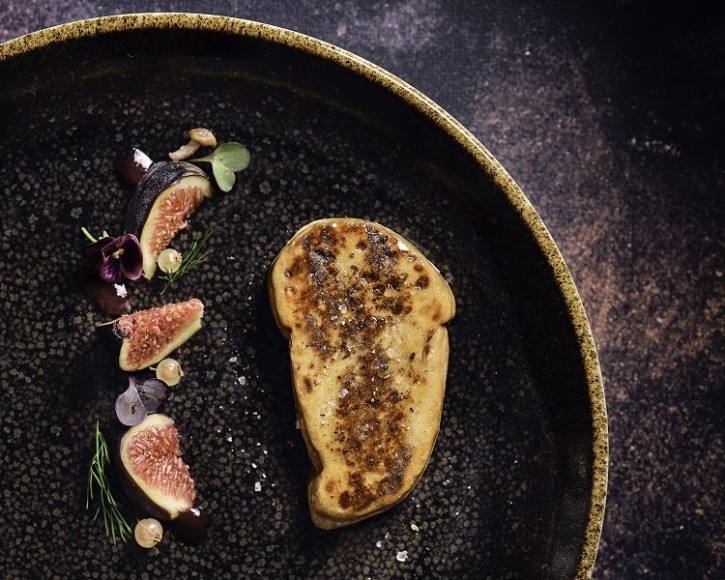
For a long time, the EU had seen no applications for regulatory approval by a cultivated meat company. Countries such as Israel, Singapore and the US have seen approvals, and European countries outside the EU, such as the UK and Switzerland, have seen applications, but no one had applied for regulatory approval in the EU itself.
That is, until now. French company Gourmey has applied for approval to the EU for its cultivated foie gras, at the same time as submitting approval to Switzerland, the UK, the US, and Singapore. The company is engaged in markets around the world and has ambitions to sell the product globally. The company focuses on providing to chefs.
The approval process, regarded as one of the world’s most stringent, is expected to take around 18 months. The process, a collaboration between experts and member states, needs to ascertain if Gourmey's product is safe to consume, as well as what the potential social, economic and environmental impacts of the product may be. If approved, it will mean that Gourmey’s cultivated meat will be able to be sold in all 27 EU member states.
Why has it taken so long for an EU application to be made?
Despite a range of other applications being made, this is the first time a cultivated meat company has submitted for approval in the EU. Why is this?
“The EU’s Novel Foods law is the international gold standard for food safety,” Seth Roberts, senior policy manager at the Good Food Institute Europe, told FoodNaviagor.
“It's absolutely right that producers have taken the necessary time to collect the safety and nutritional data necessary, ensuring their products are in the best place before submitting dossiers so EFSA's experts can begin their rigorous evaluation process."
The application is important, he told us, for the EU to avoid losing its competitive edge to the US and Asia.
Why did Gourmey submit an EU application?
The EU’s regulatory process is the ‘global gold standard’ for novel food regulations, Nicolas Morin-Forest, Gourmey’s CEO, told FoodNavigator. “The benchmark of our regulatory strategy is the EU, with the highest novel food safety standards and approval requirements.
Other foie gras alternatives
Alongside cultivated foie gras, there have been other attempts to create a meat-free foie gras alternative. For example, the company Guivaudan has developed a plant-based ‘faux gras’. In 2022 Nestlé released a foie gras alternative as part of its Garden Gourmet brand. Last year, Michelin-trained chef Emma Bowe’s plant-based brand Shocken Foods launched, featuring a plant-based foie gras alternative.
“We hope that Gourmey’s pioneering application may encourage more cultivated food companies to request market authorisation in the EU and elsewhere.”
Cultivated meat, Morin-Forest stressed, is a strong pathway towards achieving food safety, security and sustainability goals, and the creation of resilient food systems. Consumer adoption is more likely to be achieved if the products are high quality.
Differences between EU and other regulations
Singapore, the EU, Switzerland and the UK all follow similar processes for novel food approvals, Gourmey’s Nicolas Morin-Forest told us, as they all follow a novel food framework. However, Switzerland and the UK follow guidance from the European Food Safety Authority (EFSA), and Singapore follows its own guidance.
“In the US, there is a specific pathway for human food from cultured animal cells, which involves the Food and Drug Administration (FDA) and the United States Department of Agriculture (USDA, depending on species).”
Why foie gras?
The development of foie gras, in which ducks are force-fed several times a day before being killed, is often considered cruel. In 2022, King Charles III of the United Kingdom banned foie gras in Buckingham Palace and other royal residences due to animal cruelty concerns.
Foie gras, despite its links to animal cruelty, is also considered a luxury food. Combining its refinement with the avoidance of animal cruelty, Gourmey want to pair ‘luxury and sustainability’ with this offering.
“The premium segment has always led food trends, where the most exciting innovations happen.”
